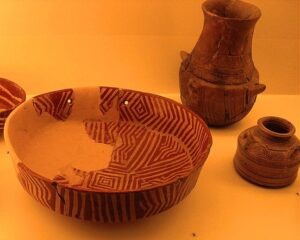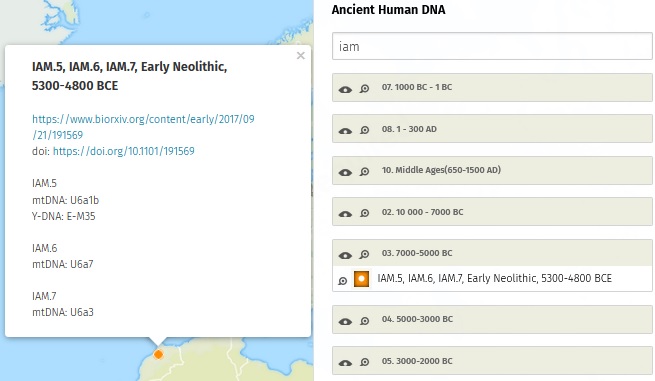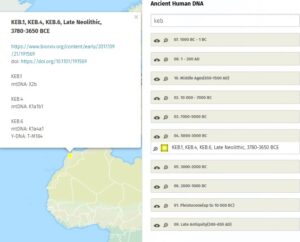The Western Mediterranean region has a rich and complex history that dates back thousands of years. In particular, the period between 8000 and 5000 BCE saw several significant changes in human cultures, including the development of new technologies and the emergence of new social and economic systems. One of the most notable changes during this period occurred in the seventh millennium BCE, when there was a significant transformation in material production, particularly in the stone industries. This change had far-reaching effects on manufacturing patterns, operational sequences, and technical processes, and it has been attributed to a variety of factors, including the influence of Old Berber cultures in North Africa. In this article, we will explore the implications of this transformation and its possible causes, as well as its relationship to other changes in the region, including the development of large-scale table olive production in the northern Mediterranean coast of Israel and the complicated demographic history of current North Africans.
One of the most significant changes occurred during the seventh millennium (7000BC) and resulted in a significant change in material production, particularly in their stone industries. It caused a significant transformation in manufacturing patterns, operational sequences, and technical processes.

The specific cause of these modifications is uncertain, although it is logically possible that they began with Old Berbers called also by Imazighen in North Africa before spreading fast along the Mediterranean coast and reaching Western Europe, also a large-scale table olive production was discovered on the northern Mediterranean coast of Israel
Genetic studies have indicated that the demographic history of current North Africans including Morocco, Tunisia, Libya, Egypt, Algeria is highly complicated.
Ancient genomes from North Africa give evidence of prehistoric migrations to the north africa from Europe and some of the Levant ( individuals who were never Muslims nor usually Arab Christians, whose origins were somewhere in the eastern Mediterranean).
Based on “aDNA or ancient DNA” studies, a Moroccan component of the early Neolithic or “new-polished stone” age from 10000 BC to 2200 BC has been established, which is restricted mostly to the present populations of North Africa
“IAM samples” are identical to those found in later Stone Age samples from Morocco Epipaleolithic cultures.

The data suggests that human populations have been isolated in north africa since the Upper Paleolithic, with archaeological research indicating the first stage of Neolithic expansion in Morocco following a local  population that adopted technological innovations from neighboring regions, such as pottery production or agriculture.
population that adopted technological innovations from neighboring regions, such as pottery production or agriculture.
Analyses strongly suggest that at least part of the European ancestry detected in North Africa today may be traced back to prehistoric migrations, and that local Berber populations were already mixed with Europeans prior to the Roman occupation.
Based on the presence of Iberian-type Bell Beaker pottery in the later stratigraphic layers of the “IAM” and “KEB caves”, researchers have strongly confirmed that by around 3000 BCE, at least some of the European ancestry seen in South Africa today North is linked to prehistoric migrations, and local Berber populations were already mixed with Europeans before the Roman conquest.
